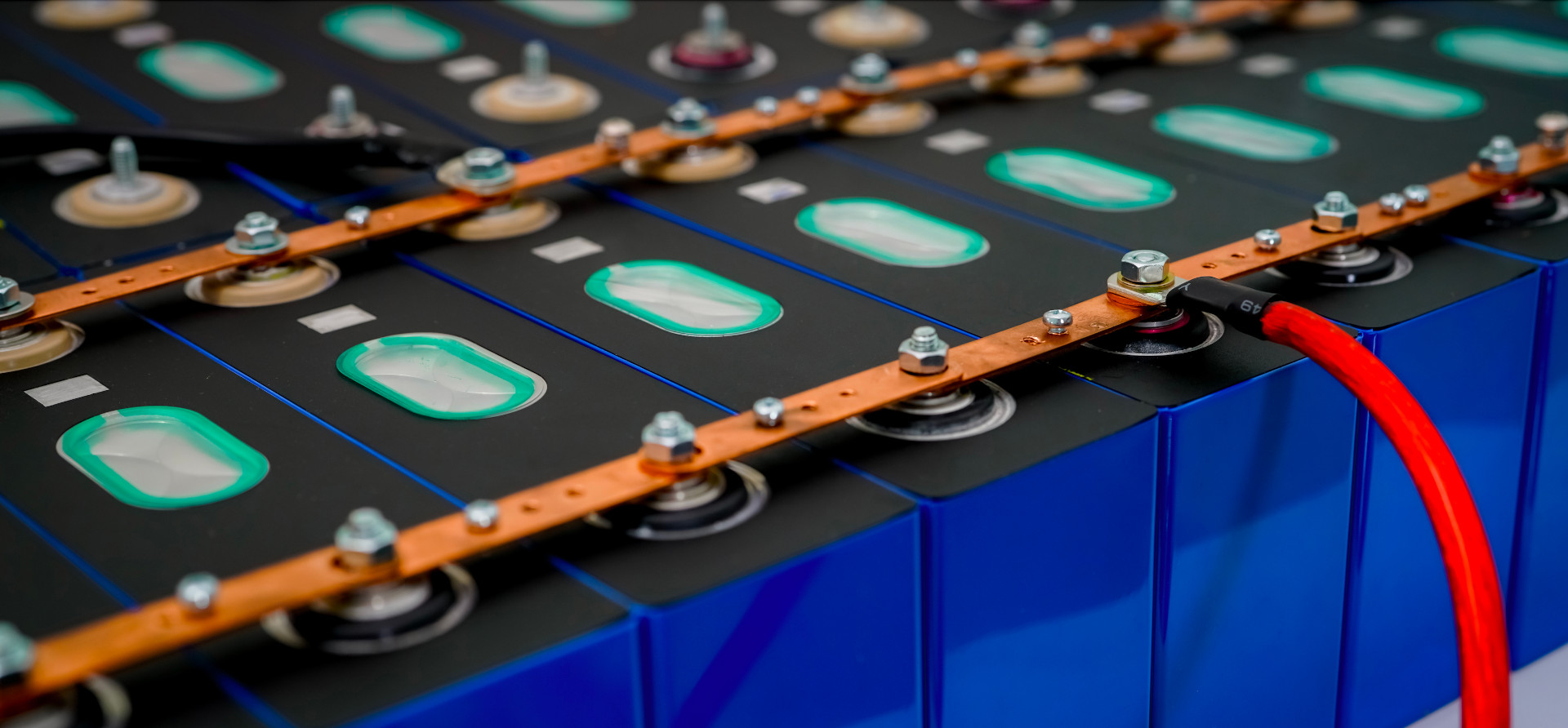Electric vehicles rely on lithium-ion batteries as their primary power source, and the transportation of these substantial battery packs – each weighing an average of 1,000 lbs — poses a significant logistical and financial challenge. Here are some shipping tips to consider.
HANDLING “DANGEROUS GOODS”
The well-known incidents of vape pens, cell phones and laptops catching fire or exploding underscore the potential dangers associated with lithium-ion batteries. Consequently, these batteries are classified as hazardous materials by the Department of Transportation (DOT). Shipping lithium-ion batteries entails adhering to various rules, regulations, and restrictions. The sheer size of EV batteries further complicates packaging design and transport.
INNER AND OUTER PACKAGING CONSIDERATIONS
To ensure the safe transit of EV batteries while complying with DOT regulations, robust inner and outer packaging is essential. Two critical considerations include:
- Isolation of each battery: Each battery must be separated from one another within the packaging to prevent potential interactions or damage during transportation.
- Securing against movement: Preventing any movement of the battery inside the packaging is crucial to avoid damage. Cushioning materials like urethane or foam provide effective vibration damping and impact resistance.
OUTER PACKAGING OPTIONS
Several outer packaging options can help meet DOT requirements for shipping EV batteries:
- Plywood boxes: Crafted from a combination of wood and steel, plywood boxes provide strength and durability while remaining relatively lightweight. They are particularly suited for heavy EV batteries.
- Corrugated board: Corrugated boxes are lined with precisely fitted Expanded Polypropylene foam to immobilize EV batteries during shipment. These boxes can be stacked and secured to pallets. Their lightweight nature and compact size help save on space and freight costs.
CUSTOMIZED PACKAGING MATERIALS
Depending on the unique requirements and sizes of your batteries, customized packaging might be the most effective solution. Collaborating with a packaging design firm experienced in meeting DOT regulations while delivering cost-effective solutions is strongly recommended.
At ProtecPac, we specialize in tailoring packaging solutions to optimize your supply chain and reduce total landed costs. Whether you require standard or custom packaging for your lithium-ion batteries, we are here to help. Our extensive design experience, industry knowledge, and commitment to exceptional customer service ensure that your shipping needs are met with the utmost care and expertise. If you are considering a packaging solution partner, please don’t hesitate to reach out to us to explore how we can assist you in your endeavors.

